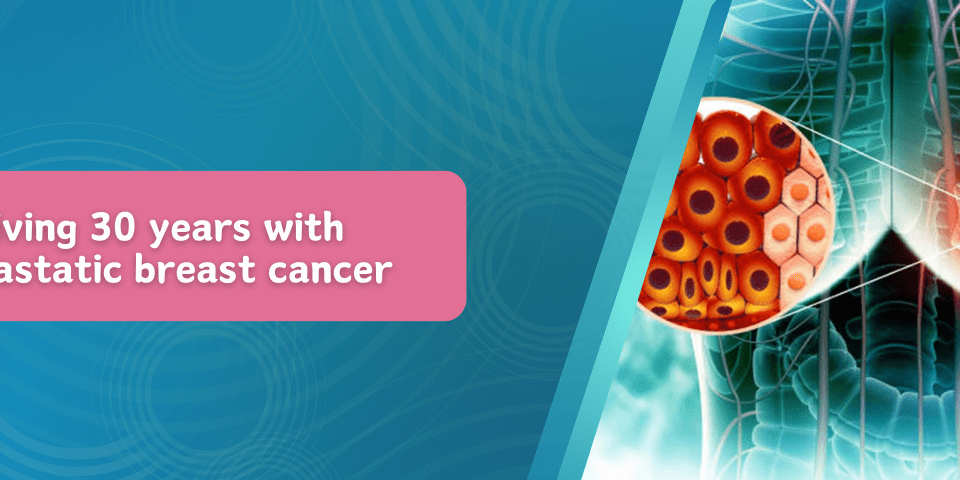What Should I Expect During A Breast Biopsy?

Breast Lumps – What You Need To Know
August 25, 2022
The Importance Of BSE – Breast Self-Examination
November 2, 2022A biopsy is a medical procedure that involves taking a small sample of tissue from the body for laboratory testing. Biopsies are performed for many reasons, including diagnosing cancer or other diseases, determining the cause of a suspicious lump or mass, and evaluating abnormal cells.
The tissue sample removed during a biopsy is examined under a microscope by a pathologist to determine if it is normal or abnormal. A biopsy is considered diagnostic if it reveals the presence of disease. If the biopsy does not show evidence of disease, it is considered non-diagnostic.
Your oncologist will let you know if there is anything you should do — or not do — before the biopsy. For instance, you may have to cease taking medications like aspirin or blood thinners, or you might have to fast for a few hours before the procedure.
Dr. Garvit Chitkara, an acclaimed breast cancer surgeon in Mumbai, advises although most breast biopsies are small opd procedures done under local anaesthesia and it is advisable that you have someone accompany you in case your biopsy involves general anesthetics that will put you to sleep during the procedure.
What are the various types of biopsies for breast cancer?
There are several types of biopsies, and the specific procedure used will depend on the location and nature of the tissue being sampled.
The different types of biopsies for breast cancer include:
Needle biopsy
In most cases, a biopsy is performed using a needle to remove a small piece of tissue. Needle biopsies can be performed using local anesthesia, which numbs the area around the biopsy site.
What is the needle biopsy procedure?

During a needle biopsy procedure, you will be asked to lie down on the examining surface, and an area of your skin will be cleansed with an antiseptic solution to reduce the risk of infection. A local anesthetic will be injected into your skin, numbing the area to ensure you do not experience pain during the needle insertion and tissue removal processes.
You may feel pressure when anesthesia is injected, but you should not have any pain once it has taken effect. It is important that you try to stay relaxed during this part of the procedure to prevent further discomfort.
Common needle breast biopsy approaches include:
- FNA (Fine-needle aspiration) – In this technique, a thin, very fine, hollow needle is inserted to extract cells, tissue, or fluid from a lump or abnormal growth in the breast.
- CNB (Core needle biopsy) – In the core needle breast biopsy, the needle is wider than the one used in FNA.
Dr. Garvit Chitkara, a highly-skilled breast oncology surgeon in Mumbai, says that core biopsy is the preferred method of breast biopsy as it allows for the extraction of more breast tissue than the FNA method.
Surgical biopsy
A surgical biopsy, sometimes known as an open biopsy, is required if the needle biopsy results are unclear. The surgeon can use their sense of touch to guide them in the biopsy if they can feel the change in your breast.
If it is hard to find the suspected area by touch, an imaging test like mammography, MRI, or ultrasound may be performed beforehand. These tests aid in implanting a wire or other preoperative localizing devices like ultrasound, mammogram, etc. This can direct the surgeon to the proper area before the surgery.
How is the preoperative localizing device inserted?

Your breast is anesthetized for wire localization, and an imaging test is conducted to direct a fine, hollow needle into the problematic region. A slender wire is then inserted through the middle of the needle once the needle’s tip is in the proper location.
The end of the wire that is inside the breast is held in place by a tiny hook. The needle is then carefully removed, and the wire serves as a guide for the surgeon when removing the desired tissue. This technique is carried out on the same day of the surgery.
The eminent breast oncology surgeon in Mumbai, Dr. Garvit Chitkara, adds that in recent localization techniques, the localizing device is inserted into the suspected area a day before the surgery.
What is the surgical biopsy procedure?
In most cases, you will receive an intravenous (IV) sedative to make you sleepy combined with local anesthesia (numbing medication). Another choice is to undergo general anesthesia (to place you in a state of deep slumber and not experience discomfort) while the biopsy is being performed.

The doctor makes a cut in the breast flesh and removes the worrisome region. Post the surgical biopsy, you will probably need stitches, and bleeding may be stopped temporarily with pressure. A sterile dressing is then applied to the region.
Conclusion
According to breast cancer statistics, the most prevalent cancer overall affects women is breast cancer. In 2020, there were over 2.26 million females diagnosed with breast cancer.
Breast cancer is a preventable disease, and early detection is crucial in ensuring that the cancer is curable. You must do breast self-examination regularly because breast cancer is a curable disease if detected early, and many treatments are available that can effectively treat cancer.

The earlier the cancer is detected, the easier it is to treat and the better the prognosis.
If you are seeking a breast biopsy in Mumbai, please do not hesitate to meet Dr. Garvit Chitkara, an accomplished breast cancer surgeon in Mumbai, for expert diagnosis and effective treatment options

